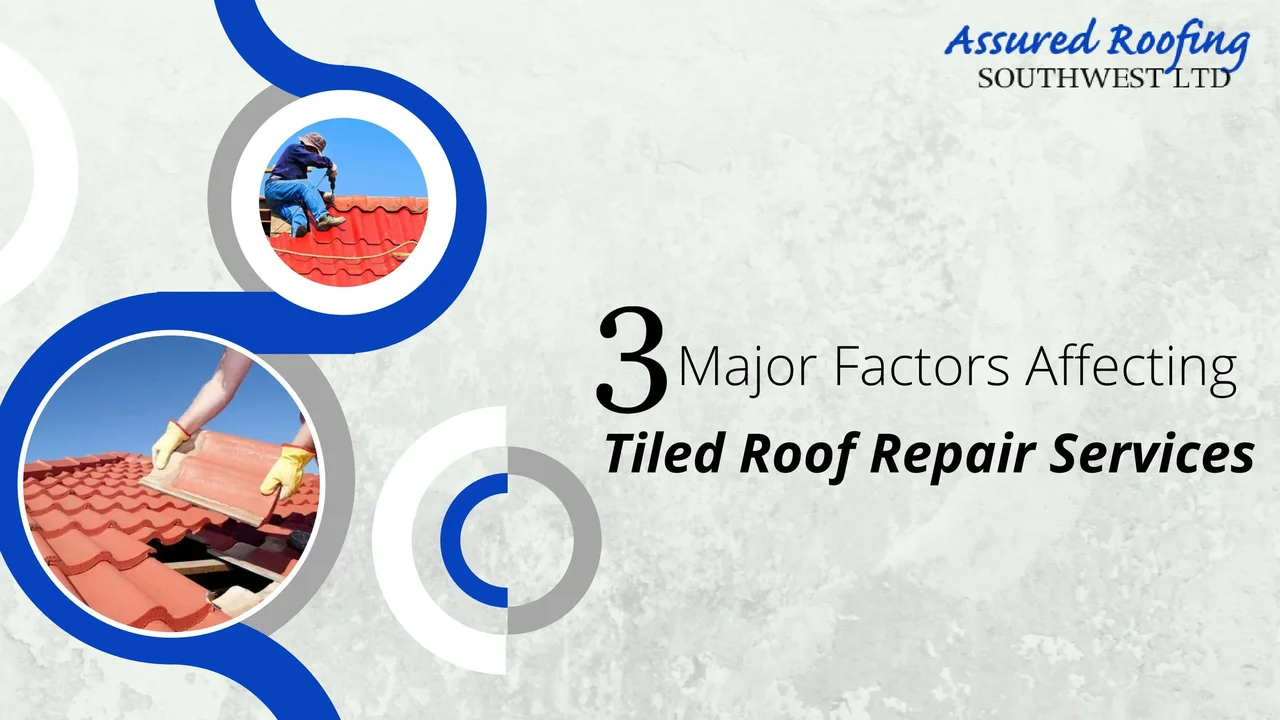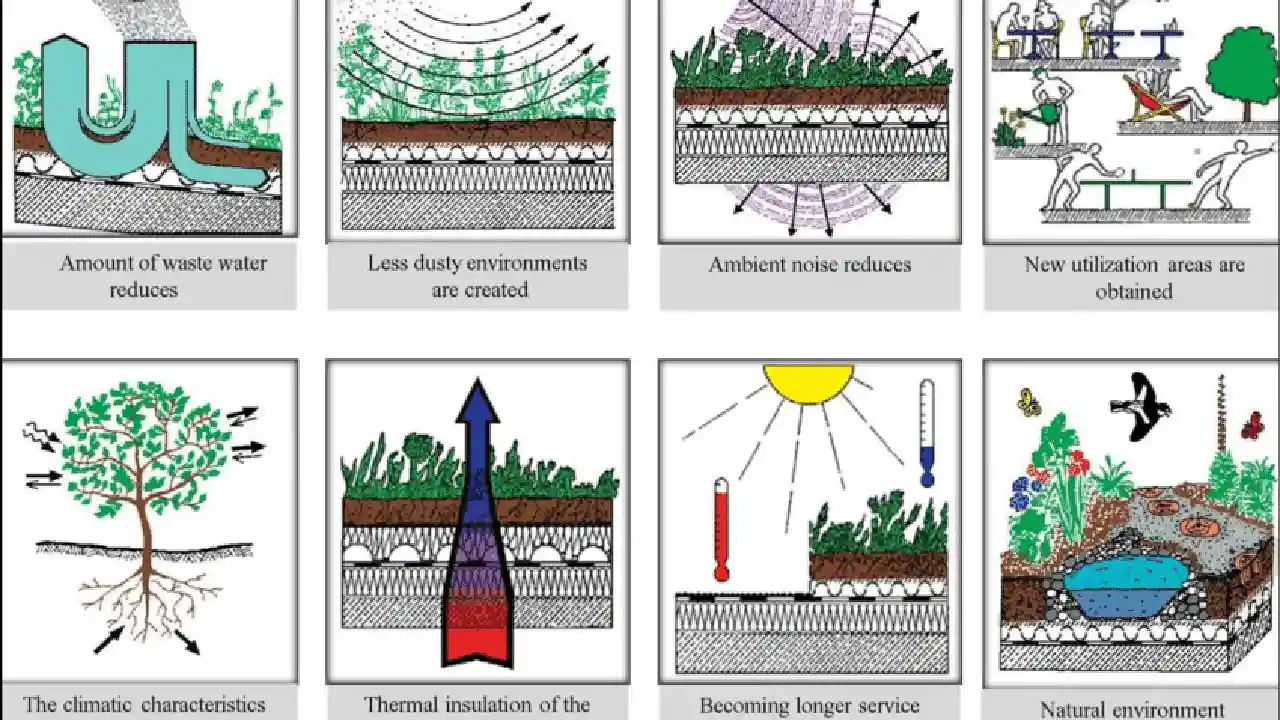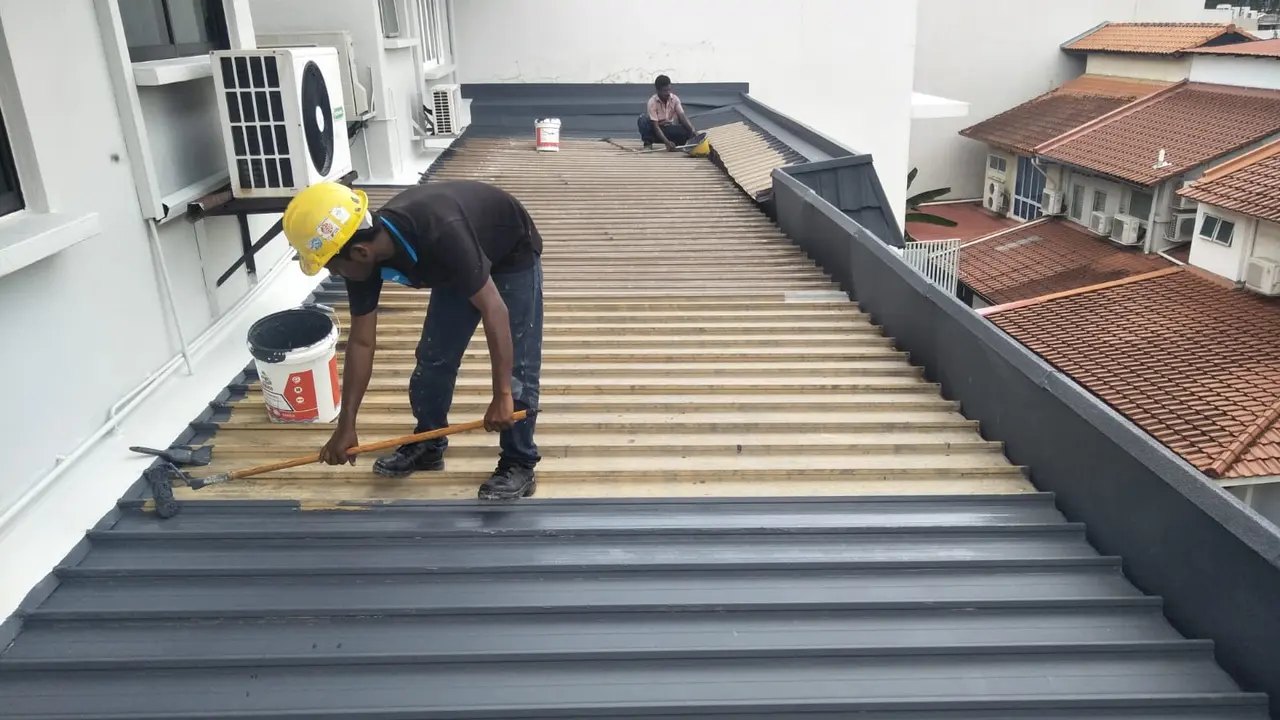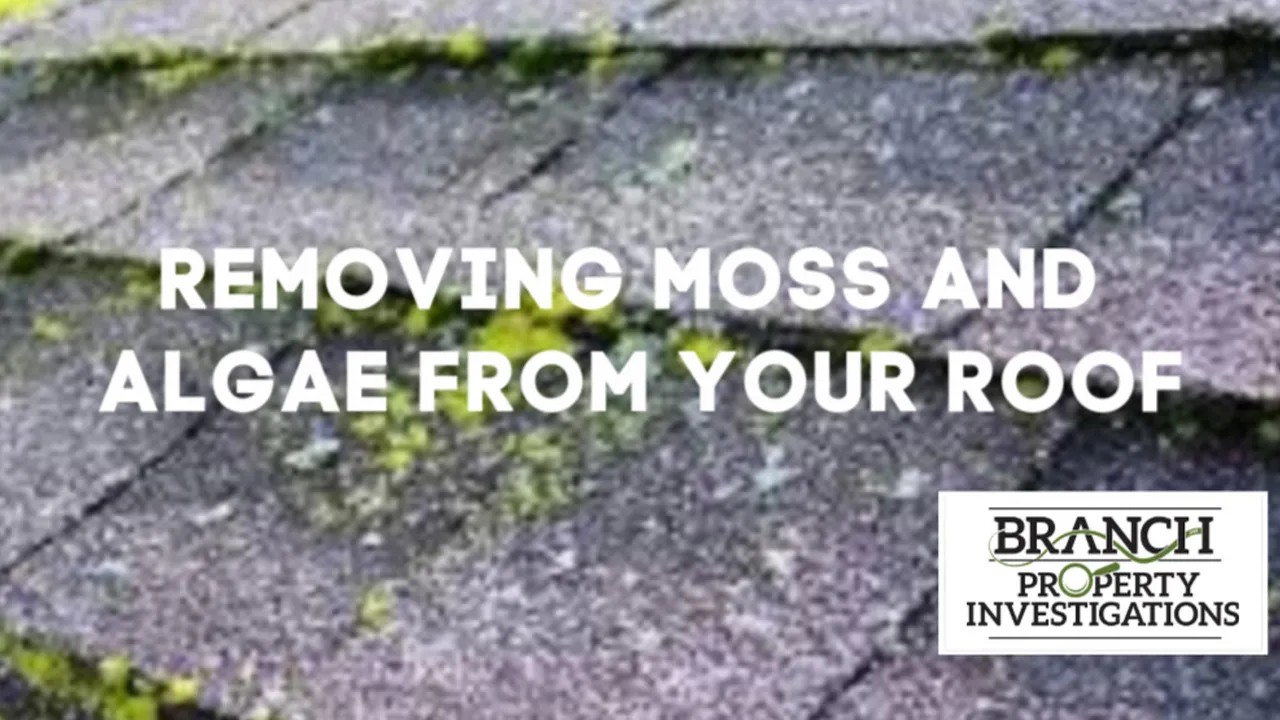Choosing the Right Color for Your Roof Shingles
Tips for selecting the perfect roof shingle color to enhance curb appeal and energy efficiency for your home.
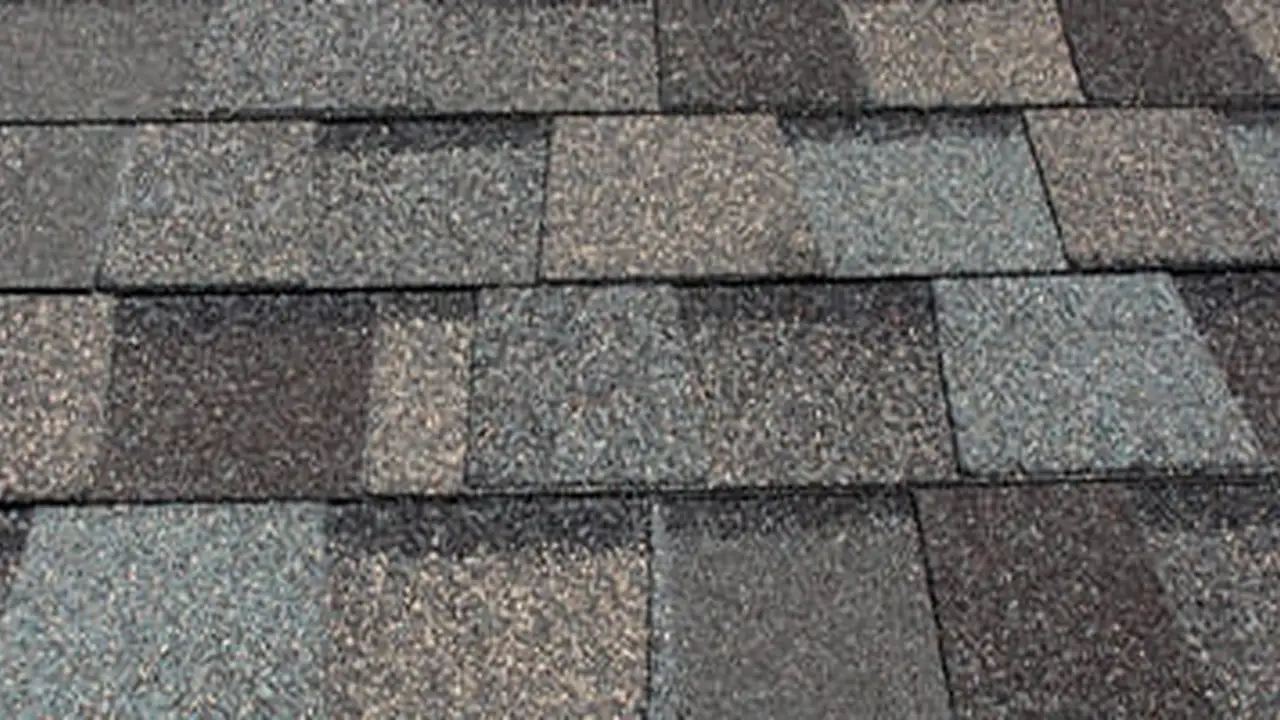
Tips for selecting the perfect roof shingle color to enhance curb appeal and energy efficiency for your home.
Choosing the Right Color for Your Roof Shingles
Hey there, homeowner! So, you’re thinking about a new roof, or maybe just replacing those old, worn-out shingles? That’s a big decision, and honestly, one of the most fun parts is picking out the color. It might seem like a small detail, but your roof color plays a huge role in your home’s overall look, its curb appeal, and even how much you spend on your energy bills. We’re talking about making your house pop, blending it into the neighborhood, and keeping it cool (or warm!) – all with a simple color choice. Let’s dive into everything you need to know to pick the perfect shingle color for your pad, whether you’re in sunny Florida or a cooler climate in the US, or even in the tropical vibes of Southeast Asia.
Understanding the Impact of Roof Shingle Color on Curb Appeal and Home Value
First things first, let’s talk curb appeal. Your roof is a massive part of your home’s exterior, often making up 30% to 40% of what people see. That’s a lot of visual real estate! The right shingle color can dramatically enhance your home’s aesthetic, making it look more modern, classic, or even luxurious. Think about it: a cohesive color scheme between your roof, siding, trim, and landscaping can make your house the envy of the block. On the flip side, a mismatched or uninspired roof color can make your home look dated or just… off. And when it comes to selling your home, curb appeal directly translates to home value. A well-chosen roof color can significantly boost your home’s marketability and even its appraisal value. It’s not just about protection; it’s about presentation!
Considering Your Home’s Architectural Style and Exterior Colors for Roof Shingle Selection
Alright, let’s get down to brass tacks. Your home’s architectural style is your first guide. Is it a charming Craftsman, a sleek modern abode, a traditional Colonial, or a Mediterranean villa? Each style often has a palette of colors that just ‘works.’
- Traditional Homes (Colonial, Victorian, Cape Cod): These often look fantastic with classic, subdued colors. Think grays, blacks, and deep browns. A charcoal gray or a weathered wood blend can really complement the historical charm without overpowering it.
- Modern Homes: For contemporary designs, bolder or more minimalist choices often shine. Dark grays, blacks, or even a stark white (if your climate allows) can emphasize clean lines and modern aesthetics.
- Mediterranean or Spanish-Style Homes: These homes often feature stucco walls and terracotta tiles. If you’re not going with actual tiles, shingle colors that mimic terracotta or warm earth tones like deep reds, oranges, or even some brown blends can be a perfect fit.
- Ranch or Craftsman Homes: Earthy tones, greens, and browns often complement the natural materials and horizontal lines of these styles. Blended shingles with multiple shades can add depth and character.
Next, look at your existing exterior colors. This includes your siding, brick, stone, trim, and even your front door. You want your roof color to harmonize, not clash. Here are a few common scenarios:
- Light-Colored Siding (White, Cream, Light Gray): Almost any roof color can work here, giving you a lot of flexibility. Darker roofs create a striking contrast, while lighter roofs offer a softer, more cohesive look.
- Dark-Colored Siding (Navy, Dark Green, Deep Red): Lighter or medium-toned roofs can provide a nice balance, preventing your home from looking too heavy or dark.
- Brick or Stone Exteriors: This is where it gets a bit trickier. Pick out the dominant color in your brick or stone and try to find a shingle color that either matches that tone or is a complementary neutral. For example, if your brick has a lot of red tones, a dark brown or charcoal gray shingle can look fantastic. If it’s more earthy, a brown or green blend might be ideal.
- Trim and Accent Colors: Don’t forget these! Your roof color should ideally tie into or complement your trim, window frames, and other accent colors.
A good rule of thumb: if your home has a lot of different colors or textures, a more neutral roof color (like gray, black, or brown) is usually a safe bet. If your home is more monochromatic, you might have more room to experiment with a bolder or more varied shingle color.
Optimizing for Energy Efficiency How Roof Shingle Color Affects Home Temperature and Utility Bills
This is where your roof color choice can actually save you money! The color of your roof has a significant impact on how much solar radiation your home absorbs or reflects. This, in turn, affects your home’s internal temperature and, consequently, your heating and cooling costs.
- Darker Roofs: Black, dark gray, and dark brown shingles absorb more sunlight. This means they get hotter. In colder climates (like parts of the northern US), this can be a benefit in winter, helping to melt snow and potentially reducing heating costs. However, in hot climates (like the southern US or all of Southeast Asia), a dark roof can significantly increase your attic temperature, forcing your air conditioning system to work harder and driving up your electricity bills.
- Lighter Roofs: White, light gray, and light-colored shingles reflect more sunlight. This keeps the roof surface and your attic cooler. In hot climates, a lighter roof can lead to substantial energy savings by reducing the load on your AC. This is why you often see lighter-colored roofs in places like Florida, California, or across Southeast Asia.
- Cool Roof Technology: Beyond just color, many manufacturers now offer “cool roof” shingles. These are often lighter in color but also incorporate special granules that are highly reflective, even in darker shades. So, you might be able to get a dark gray shingle that still performs like a lighter one in terms of heat reflection. Look for shingles with an ENERGY STAR rating or a high Solar Reflectance Index (SRI).
When making your decision, think about your local climate. If you live in a predominantly hot region, prioritizing a lighter or cool-rated shingle color is a smart move for long-term energy savings. If you’re in a mixed climate, you might weigh the winter heating benefits against the summer cooling costs.
Exploring Popular Roof Shingle Color Trends and Timeless Choices for Modern Homes
While it’s good to be aware of trends, remember that a roof lasts for decades, so timeless choices are often the safest bet. However, knowing what’s popular can help you make a decision that feels current and appealing.
Current Trends in Roof Shingle Colors:
- Grays (Charcoal, Slate, Pewter): These are incredibly popular right now. They offer a sophisticated, neutral backdrop that works with almost any home color. Darker grays provide a strong contrast, while lighter grays offer a softer, more contemporary feel. They’re versatile and look great on modern, traditional, and even farmhouse-style homes.
- Blacks (Onyx, Midnight, Black Oak): A classic for a reason. Black roofs provide a dramatic, elegant look, especially on homes with lighter siding. They can make a statement and offer a sense of permanence. However, remember the heat absorption factor!
- Blended Colors (Weathered Wood, Driftwood, Autumn Brown): These shingles incorporate multiple shades of a color, often mimicking the look of natural wood or stone. They add depth, texture, and visual interest, and are excellent for homes where you want a more organic or rustic feel. They’re also great at hiding dirt and minor imperfections.
- Greens (Forest Green, Hunter Green): While not as universally popular as grays or blacks, certain shades of green can look stunning on homes with natural wood siding, stone, or in heavily wooded areas. They blend beautifully with natural surroundings.
Timeless Choices for Enduring Appeal:
- Classic Black: Always in style, always elegant.
- Charcoal Gray: A versatile neutral that never goes out of fashion.
- Weathered Wood Blends: These multi-tonal browns and grays offer a natural, understated look that stands the test of time and complements a wide range of architectural styles.
When considering trends, think about how long you plan to stay in your home. If it’s your forever home, pick what you love. If you might sell in the next 5-10 years, leaning towards more universally appealing, timeless choices might be a smarter move for resale value.
Comparing Top Shingle Brands and Their Color Palettes for Home Roofing
Okay, let’s talk brands! When you’re looking at shingles, you’ll quickly notice that different manufacturers have their own unique color names and slightly different takes on similar shades. It’s always a good idea to look at physical samples from a few different brands, as colors can look very different online or in brochures.
GAF Timberline HDZ Shingles
GAF is a giant in the roofing industry, and their Timberline HDZ line is incredibly popular. They offer a fantastic range of colors, often with a multi-dimensional look that adds depth to your roof. These are architectural shingles, meaning they’re thicker and designed to mimic the look of wood shakes.
- Popular Colors:
- Charcoal: A deep, classic gray that works with almost any home. It’s a safe and stylish bet.
- Pewter Gray: A slightly lighter, softer gray than Charcoal, offering a more subtle look.
- Weathered Wood: A very popular blend of browns and grays, giving a natural, rustic appearance. Great for blending with natural surroundings.
- Oyster Gray: A lighter, almost silvery gray, excellent for reflecting heat in warmer climates.
- Barkwood: A rich, dark brown blend that looks fantastic on homes with earthy tones or brick.
- Key Features: GAF Timberline HDZ shingles come with LayerLock Technology for superior adhesion and a 25-year StainGuard Plus Algae Protection Limited Warranty. They also have a high wind warranty.
- Typical Price Range (Materials Only): $80 - $120 per square (100 sq ft).
- Best Use Case: Homeowners looking for a durable, aesthetically pleasing architectural shingle with a wide range of popular, multi-dimensional colors. Excellent for both US and Southeast Asian markets due to their performance and aesthetic versatility.
Owens Corning Duration Shingles
Owens Corning is another top-tier manufacturer known for its SureNail Technology, which provides excellent gripping power and wind resistance. Their Duration series also offers a great selection of colors, many with a vibrant, granule-rich appearance.
- Popular Colors:
- Onyx Black: A true, deep black that provides a striking contrast.
- Driftwood: A beautiful blend of grays, browns, and subtle greens, offering a very natural, weathered look. Very popular.
- Estate Gray: A classic, medium gray that’s versatile and timeless.
- Desert Tan: A warm, light brown blend that works well with lighter siding or stucco.
- Teak: A rich, reddish-brown blend that can complement homes with warm brick or stone.
- Key Features: SureNail Technology for superior wind resistance (up to 130 mph), StreakGuard Algae Protection.
- Typical Price Range (Materials Only): $75 - $115 per square.
- Best Use Case: Homeowners prioritizing strong wind resistance and a good selection of blended, natural-looking colors. Suitable for various climates, especially those prone to high winds.
CertainTeed Landmark Shingles
CertainTeed’s Landmark series is a popular choice for its classic, heavy-duty construction and wide array of color options. These are also architectural shingles designed for durability and aesthetic appeal.
- Popular Colors:
- Charcoal Black: A deep, consistent black for a bold statement.
- Pewterwood: A sophisticated blend of grays and subtle browns, offering a refined look.
- Weathered Wood: Similar to GAF’s, this is a very popular multi-tonal brown/gray blend.
- Moire Black: A slightly softer black with hints of gray, providing depth.
- Colonial Slate: A beautiful blend of grays, blues, and greens, mimicking natural slate.
- Key Features: Dual-layer construction for added durability, StreakFighter algae resistance, and a strong wind warranty.
- Typical Price Range (Materials Only): $85 - $125 per square.
- Best Use Case: Homeowners seeking a robust, high-quality architectural shingle with a broad palette of classic and blended colors, including options that mimic natural stone.
IKO Cambridge Shingles
IKO offers a good balance of quality and value, and their Cambridge line is a popular architectural shingle. They often have a slightly larger exposure, which can give a different visual effect on the roof.
- Popular Colors:
- Dual Black: A strong, consistent black.
- Charcoal Grey: A solid, versatile dark gray.
- Weatherwood: IKO’s take on the popular brown/gray blend.
- Driftshake: A lighter, more rustic blend of browns and grays.
- Harvard Slate: A blend of grays with hints of blue, offering a unique look.
- Key Features: Advantage size for a larger exposure, algae resistance, and good wind resistance.
- Typical Price Range (Materials Only): $70 - $105 per square.
- Best Use Case: Homeowners looking for a good value architectural shingle with a solid range of traditional and blended colors.
Malarkey Vista Shingles (Especially for Impact Resistance)
Malarkey is known for its innovative shingle technology, particularly for impact resistance and sustainability. Their Vista line is a great option if you’re in an area prone to hail.
- Popular Colors:
- Natural Wood: A classic brown blend.
- Storm Gray: A deep, rich gray.
- Midnight Black: A solid, dark black.
- Weathered Wood: Their version of the popular multi-tonal blend.
- Emerald Green: A distinct green that can look great in natural settings.
- Key Features: NEX Polymer Modified Asphalt for enhanced flexibility and impact resistance (often Class 3 or 4), Scotchgard Protector for algae resistance, and smog-reducing granules.
- Typical Price Range (Materials Only): $90 - $130 per square.
- Best Use Case: Homeowners in hail-prone regions or those prioritizing sustainability and advanced shingle technology.
Important Note on Pricing: The prices listed are for materials only and are approximate. Installation costs, regional differences, and current market conditions will significantly affect the final project cost. Always get multiple quotes from local contractors.
The Role of Climate and Regional Preferences in Roof Shingle Color Selection
As we touched on earlier, climate is a huge factor, especially when considering both the US and Southeast Asian markets.
United States Climate Considerations:
- Southern US (Florida, Texas, Arizona, California): These states experience intense heat and sunlight for much of the year. Lighter-colored shingles (light gray, white, light tan) or cool roof shingles (even in darker shades) are highly recommended to reflect solar radiation, reduce attic temperatures, and lower cooling costs. Energy efficiency is a primary driver here.
- Northern US (New England, Midwest, Pacific Northwest): In colder climates, darker roofs can be beneficial in winter, helping to absorb heat and melt snow and ice. However, summers can still be hot, so a balance is often sought. Medium grays, browns, and blended colors are popular choices that offer a good compromise.
- Coastal Regions (East Coast, Gulf Coast, Pacific Coast): Beyond color, material durability against salt air and high winds is crucial. Color-wise, anything that complements beachy aesthetics or traditional coastal architecture works. Lighter colors are often preferred for heat reflection.
Southeast Asia Climate Considerations:
This region is almost entirely hot and humid, with intense sun and heavy rainfall. Energy efficiency and heat reflection are paramount.
- Dominant Climate: Tropical and equatorial, characterized by high temperatures, high humidity, and significant sun exposure year-round.
- Recommended Colors: Lighter colors are overwhelmingly preferred and recommended. White, light gray, light beige, and very light brown blends are ideal. These colors reflect the maximum amount of solar radiation, significantly reducing heat gain in the attic and inside the home. This directly translates to lower air conditioning usage and energy bills, which is a major concern in these hot climates.
- Cool Roof Technology: Shingles with cool roof technology, even if they appear slightly darker, are highly beneficial. They are designed to reflect more solar energy than standard shingles of the same color.
- Aesthetic Preferences: While functionality is key, local aesthetics also play a role. Many homes in Southeast Asia feature lighter exterior colors, and a lighter roof complements this well, creating a bright, airy feel.
- Material Considerations: Beyond color, materials that resist mold, mildew, and algae growth (common in high humidity) are crucial. Many modern asphalt shingles come with algae-resistant granules, which is a must-have for this region.
In summary, if you’re in a hot climate, lean towards lighter colors or cool roof options. If you’re in a colder climate, you have more flexibility, but still consider summer heat. Always think about how your roof color will perform in your specific environment.
Visualizing Your New Roof Shingle Color Tools and Tips for Making the Right Choice
Picking a color from a tiny swatch or a picture online can be tricky. Here are some tips and tools to help you visualize your new roof and make a confident decision:
- Use Online Visualizers: Most major shingle manufacturers (GAF, Owens Corning, CertainTeed, IKO) have online tools on their websites. You can often upload a photo of your own home and virtually apply different shingle colors. This is an excellent first step to see how various options look on your specific house.
- Get Physical Samples: This is crucial! Ask your contractor for large shingle samples (at least 2x2 feet if possible). Place them on your existing roof or lean them against your house.
- Observe Samples at Different Times of Day: The color of your shingles will look different under bright midday sun, in the shade, on a cloudy day, and at dusk. Observe your samples throughout the day to see how the light affects them.
- Consider Your Neighbors’ Roofs: Take a walk around your neighborhood. What colors do you like? What colors clash? This can give you a good sense of what works well in your area and with similar architectural styles.
- Look at the Granules: Asphalt shingles aren’t just one solid color. They’re made up of granules of different shades. These blends create the overall color and add depth. Look closely at the granule mix to understand the true color profile.
- Don’t Forget the Gutters and Trim: Your roof color should complement your gutters, fascia, and trim. If you’re not replacing these, make sure your chosen shingle color works with them.
- Consult with Your Contractor: Experienced roofing contractors have seen countless roofs installed. They can offer valuable insights into what colors are popular, what works well with your home style, and what performs best in your local climate.
Remember, this is a long-term investment, so take your time. Don’t rush the decision. A little extra effort in visualizing and comparing can save you from color regret down the line.
Maintenance and Longevity How Shingle Color Affects Algae and Dirt Visibility
Beyond aesthetics and energy, your shingle color can also influence how noticeable dirt, debris, and algae growth are on your roof.
- Algae Growth (Black Streaks): In humid climates (very common in the southern US and all of Southeast Asia), black algae (Gloeocapsa magma) can be a real problem, causing unsightly dark streaks on roofs.
- Lighter Shingles: Algae streaks tend to be more noticeable on lighter-colored shingles, as the dark streaks stand out against the light background.
- Darker Shingles: While algae can still grow on dark shingles, the black streaks are often less visible against a dark background.
- Algae-Resistant Shingles: Many modern shingles, regardless of color, now come with copper-infused granules (e.g., GAF’s StainGuard Plus, Owens Corning’s StreakGuard, Malarkey’s Scotchgard Protector). These copper particles inhibit algae growth. If you’re in a humid area, investing in algae-resistant shingles is highly recommended, regardless of the color you choose.
- Dirt and Debris:
- Solid Colors (especially very light or very dark): Can sometimes show dirt, dust, and debris more easily.
- Blended Colors (e.g., Weathered Wood, Driftwood): The multi-tonal nature of blended shingles is excellent at camouflaging dirt, pollen, and minor debris, making your roof look cleaner for longer between cleanings.
So, if you’re concerned about visible algae or want a roof that naturally hides a bit of dirt, consider blended colors or definitely opt for algae-resistant shingles, especially in humid regions. This can save you on cleaning costs and keep your roof looking great for years.
Final Considerations and Expert Tips for Your Roof Shingle Color Decision
Before you make that final call, here are a few more nuggets of wisdom:
- HOA Rules: If you live in a community with a Homeowners Association (HOA), check their guidelines! They often have strict rules about approved roof colors and materials. You don’t want to install a beautiful new roof only to be told you have to change it.
- Resale Value: Even if you love a unique color, think about future buyers. Neutral, widely appealing colors often have better resale value. Grays, blacks, and weathered wood blends are generally safe bets.
- Long-Term Commitment: A roof is a 20-30 year investment. Choose a color you genuinely love and that you believe will stand the test of time, both aesthetically and functionally.
- Don’t Be Afraid to Ask for Help: Your roofing contractor is a valuable resource. They can provide samples, show you examples of their work, and offer professional advice based on their experience in your local area.
- Trust Your Gut (After Research): While all these guidelines are helpful, ultimately, it’s your home. Once you’ve done your research, looked at samples, and considered all the factors, trust your own aesthetic judgment. You’re the one who has to look at it every day!
Choosing the right roof shingle color is a blend of art and science. By considering your home’s style, local climate, energy efficiency goals, and personal preferences, you can select a color that not only protects your home but also enhances its beauty and value for decades to come. Happy roofing!
:max_bytes(150000):strip_icc()/277019-baked-pork-chops-with-cream-of-mushroom-soup-DDMFS-beauty-4x3-BG-7505-5762b731cf30447d9cbbbbbf387beafa.jpg)



